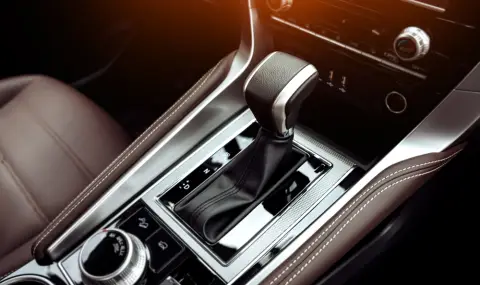Modern “automatic“ can be classified into three main types - “classic“, where the role of the clutch is performed by a torque converter, variators, where torque is transmitted between pulleys using a belt or chain, and robotic gearboxes, where the control of the clutch (or clutches) is entrusted to electromechanical devices. And each of them requires careful handling if the car owner wants to drive without breakdowns.
Warming up the box in winter
Yes, the operating instructions do not suggest warming up the car in the parking lot. Any gearbox (and manual too!) contains transmission oil, which thickens and becomes more viscous in the cold. This is especially critical for “classic“ automatic machines with torque converters - shifts here are carried out due to the operation of a valve body with complex channels and valves responsible for the circulation of the fluid, as well as a set of clutches.
Therefore, while the oil is still thick, pumping through the valve channels decreases, the pump is additionally loaded and switching can occur with sharp shocks. Therefore, it is recommended to move the automatic control lever or joystick to position D for 1-2 minutes and hold the car in place with the brake. This will allow the transmission fluid to warm up a little. And in the first kilometers of the trip, it is better to avoid sharp accelerations.
What if the car has a CVT?
It would not hurt to “warm up“ the variator, but it also has its own specifics - wheel slippage is contraindicated for it. Problems arise due to the fact that when the oil thickens, the transmission experiences a lack of lubrication, while the rollers, when slipping, move to extreme positions.
The differential transmits torque to the less loaded wheel, and even at constant gas, the variator changes the gear ratio to increase the wheel speed. If at this moment the wheel touches the asphalt or gets stuck in compacted snow, a shock will occur inside the transmission, which will lead to the belt slipping on the rollers and, in the absence of abundant lubrication, will make small grooves. As a result, scratches appear, reducing the resource of the variator.
To avoid scratches, the transmission control unit at low temperatures switches the variator to a gentle operating mode and keeps the pulleys in the middle position to avoid concentrating loads on one of the shafts. But with active slippage in the cold, this does not help much. In addition, the variator does not like prolonged driving at high speeds and can overheat if you drive fast on the highway for several hours. As for warming up, it is not done on the spot in position D, like a classic automatic. Just drive the first few kilometers without sudden accelerations.
When is neutral N mode used?
If the driver often moves the selector back and forth, to N and back to D, then the automatic machine performs unusual work for it, transferring a complex system of clutches and planetary gears from operating mode to parking mode and back, which reduces its resource.
The exception is robotic gearboxes built on the basis of conventional “mechanics“, and preselective “robots“ with two clutches. In them, N mode can be used, as in conventional manual transmissions when braking. This is useful for protecting the clutch discs from overheating and abrasion during braking with the engine running.
Don't forget about the handbrake
At the end of the trip, most drivers simply move the automatic transmission lever to position P, turn off the engine and drive away. If the car is standing on a flat surface, then there is nothing “criminal“ in this.
But if you need to leave the car on a slope, you must first fix it with the handbrake, and then move the lever to P. Otherwise, the locking pin in the box experiences a shock load, forming small metal chips.
Then these residues end up in the oil, combining with the wear products of the clutches and gradually clogging the valves and filter, after which the transmission begins to vibrate and “kick“.
